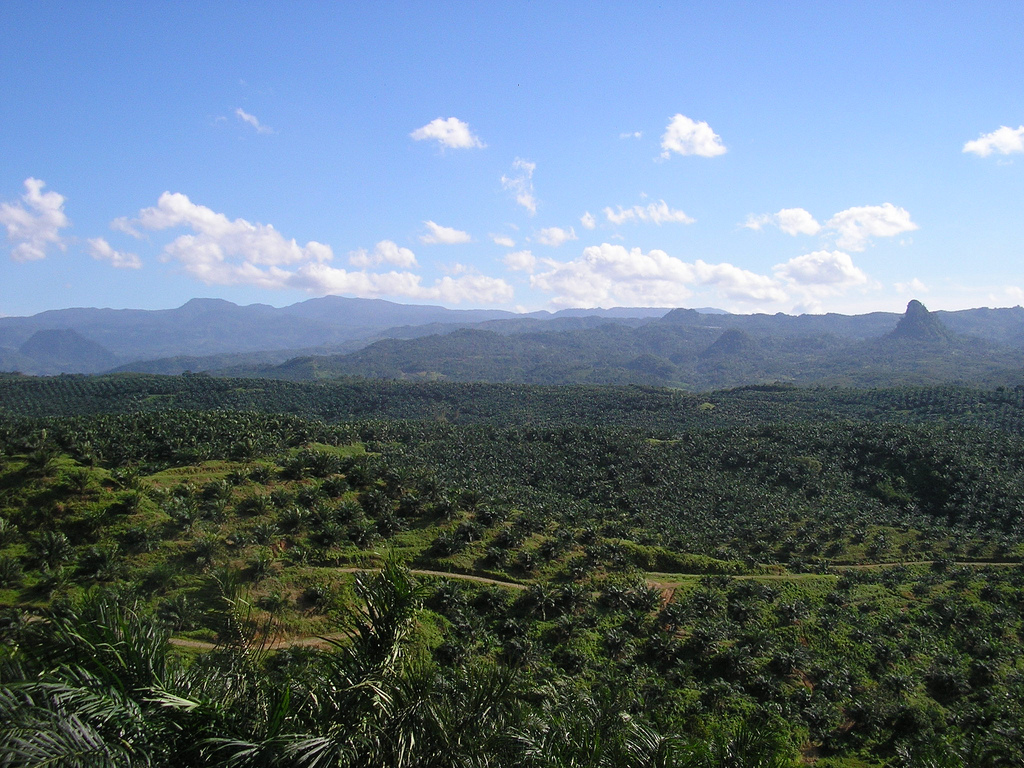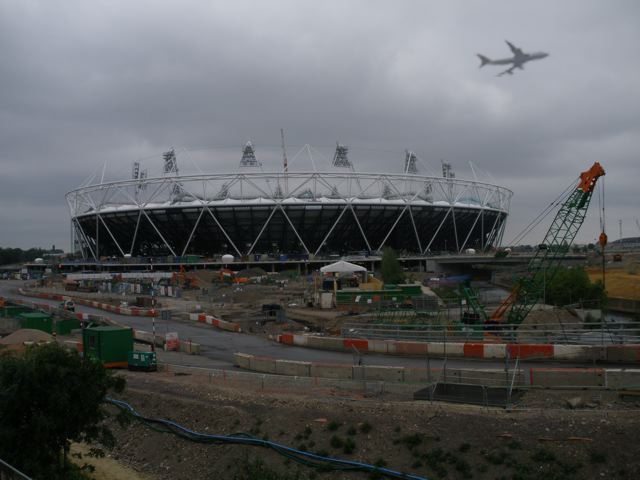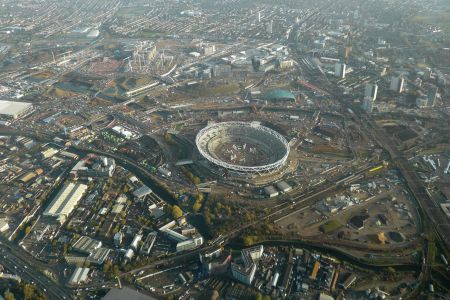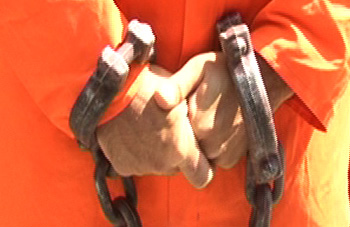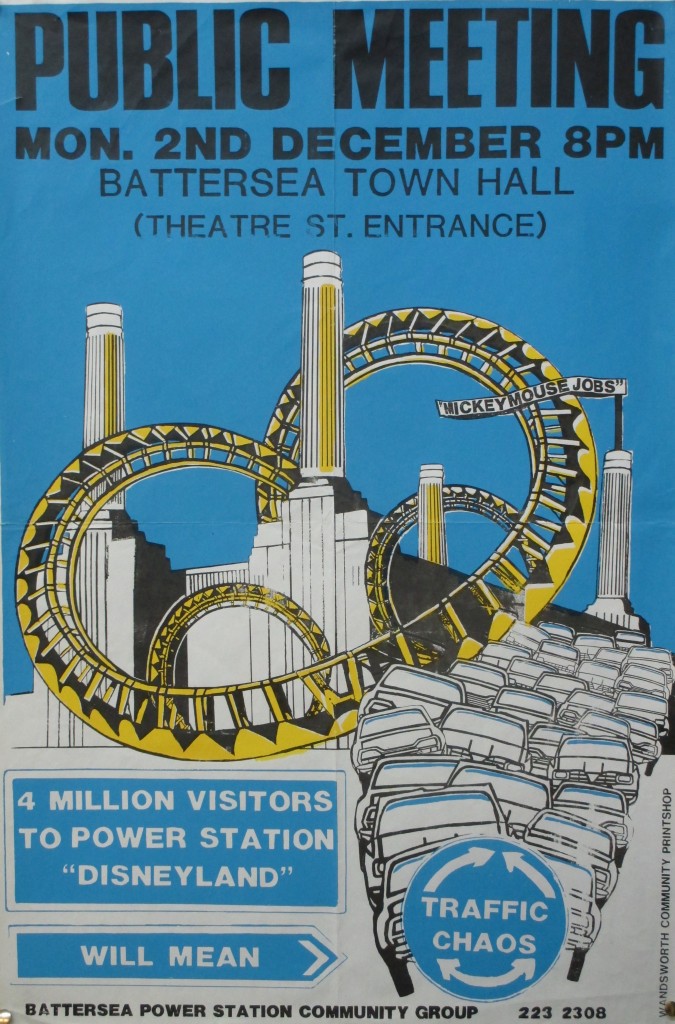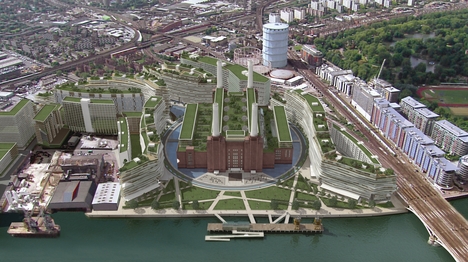
Rob Tincknell was interviewed in The Standard, Hong Kong’s biggest circulation English daily, about the plans for Battersea Power Station earlier this month. The power station was bought by three Malaysian companies, SP Setia, Sime Darby and Employee’s Provident Fund, in June last year. Tincknell said that the Malaysian’s vision for the site is better and different from the previous schemes, since this one is bigger and it is going to influence people’s quality of life.
Tincknell failed to mention that people’s quality of life is not only going to change for the better. Like we have mentioned before, many in the nearby communities are people on low incomes, and with a luxury estate just across the road from their homes the rents will rise and their quality of life will get worse.
Developers who want to attract really wealthy buyers have to build super-size apartment buildings with flats bigger then 6,000 square feet. The new penthouses in Battersea are planned to be 8,000 square feet, a size aimed to appeal more to the rich rather then the members of the Battersea community.
Tincknell also mentioned that no other plans have had a good solution to the public transport, but this scheme is planning to extend the Northern Line with public money, a 1 billion loan from UK government to Transport for London.
Two things are interesting with this statement. First of all, the previous owners of Battersea Power Station, who Tincknell also worked for, were the one’s who planned the extension of the Northern Line. Second, the owners were also suppose to pay for the extension as a contribution towards section 106- planning gain. Somewhere down the line the private-funding of the underground extension has turned in to a public-funding.
In the end Tincknell said that tourists want to come and see things that are authentic, and he means that the Power Station surrounded by ugly new buildings will give “authenticity” to the place. The only question is, will Battersea Power Station survive after its chimneys have been taken down to be rebuild, and how much of its authenticity will it be able to keep?
Click Battersea Power Station for more blogs
See our Battersea Power Station project pages for more information and videos.
Or visit PlanA our general blog on urbanism, planning and architecture.
Spectacle homepage
Like Spectacle Documentaries on Facebook
Follow SpectacleMedia on Twitter

